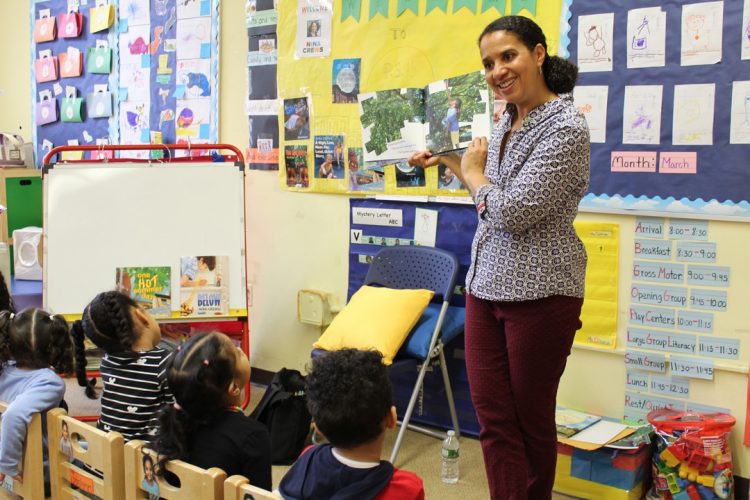3 Great Tips for Sharing Seeing into Tomorrow

By Carol Hinz, Editorial Director of Millbrook Press and Carolrhoda Books
In a casual conversation with Nina Crews, I mentioned that my younger son (who was 4 at the time) was a bit too young to really understand Seeing into Tomorrow: Haiku by Richard Wright. Nina selected the haiku for the book, created photo-collage illustrations, and wrote a brief biography of Wright along with other back matter elements. She also knows a thing or two about sharing books with kids of all ages.
On the spot, Nina gave me a few tips for sharing Seeing into Tomorrow with my son, and I asked her if she would be kind enough to write up her tips so that I could share them more widely, and she has now done just that. Without any further ado, I present Nina Crews!
Nina Offers Great Advice!
No picture book is truly complete for me until I have read it aloud with children. It is the last milestone in a long journey that begins with a proposal, continues through sketches, drafts, photographs, editorial and design meetings, and glossy, bound author copies. The read aloud completes the circle, for my aspiration at the start of any book is that children will find joy in the ideas and images that inspired me to make it.
It has been a pleasure reading Seeing into Tomorrow: Haiku by Richard Wright at school and bookstore events and bring this book full circle. One wonderful surprise is how fun it has been to read it with PreK children! A collection of haiku poetry might sound a bit sophisticated for the youngest readers, but each time I have read the book with this age group, they’ve been completely engaged. I guess it shouldn’t be a surprise. Who better to find magic in simple moments in nature than our youngest observers?

Some Solid Tips
If you have an opportunity to sit and read with one, two, or ten little ones, give this book a try. They may surprise you too! Here are a few tips for reading this with very young readers.
- Make connections! In the first haiku in the book, a young boy writes his name in the snow. Give a toddler a crayon and paper and they may tell you that some of the scratches and scribbles are their name. It may not look like much, but it still counts! Young children are thrilled by this first writing achievement. Celebrate how these poems reflect their experiences.
- Make some noise! Haiku can engage all of our senses. There are so many sounds to be shared–a crow cawing, a train whistle blowing, and the ticktock of an old clock. The kids will have fun making noise along with you.
- Tell some stories! As I planned my illustrations, I imagined a story that might be expressed by each poem. Ask the children to add to the stories they see on each page. What do you think was happening just before the moment shown in the picture? What do you think happened next?

Final Words
And as I say at the end of the biography at the back of the book . . . have fun! I sincerely hope that Seeing into Tomorrow brings you and your young readers great joy!
Photographs by Adriana Alba, taken at Nina’s visit to an early childhood program run by Children’s Aid.
Seeing into Tomorrow is available through lernerbooks.com, Barnes & Noble, Amazon, IndieBound, and all major distributors.
Check out illustrator Selina Alko’s interview with Nina (and Nina’s interview with Selina) here.
Read Julie Danielson’s interview with Nina Crews for Kirkus Reviews here.
Find Betsy Bird’s review of Seeing into Tomorrow here.
Read more blog posts by Carol here.
Comments